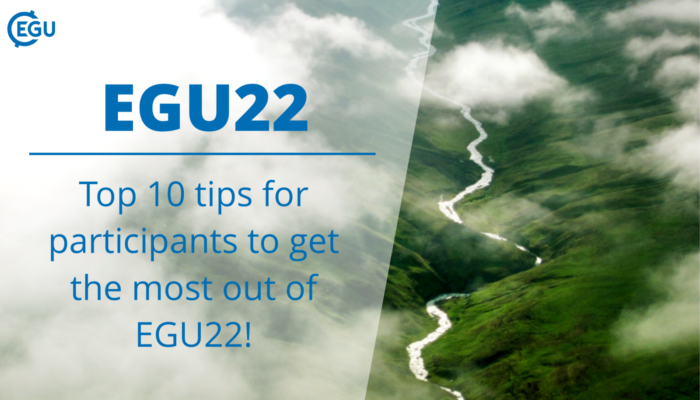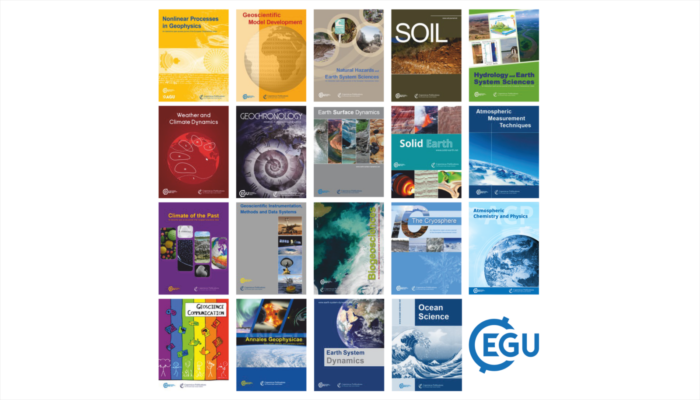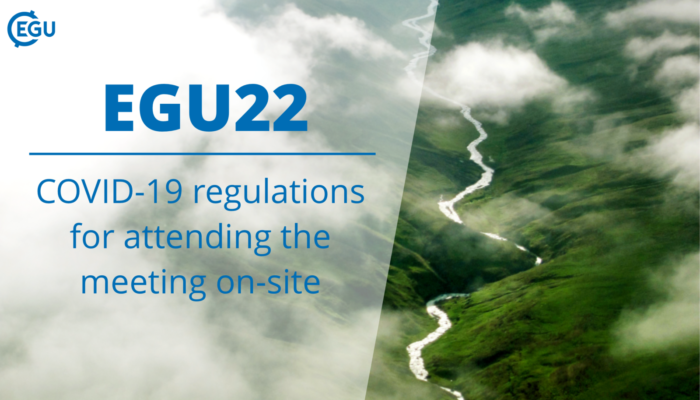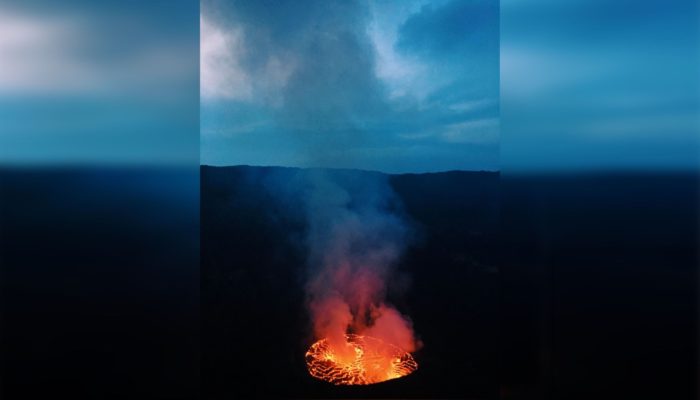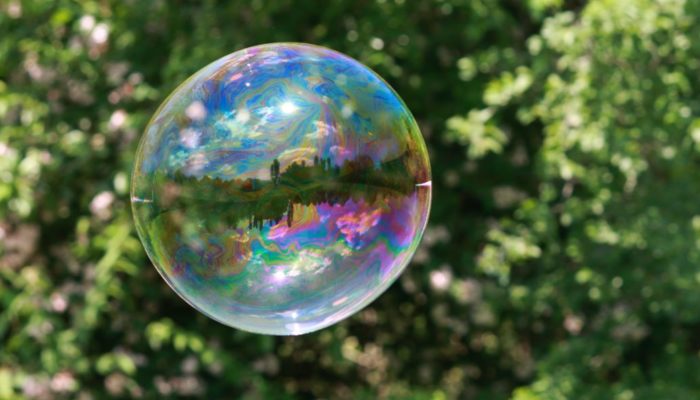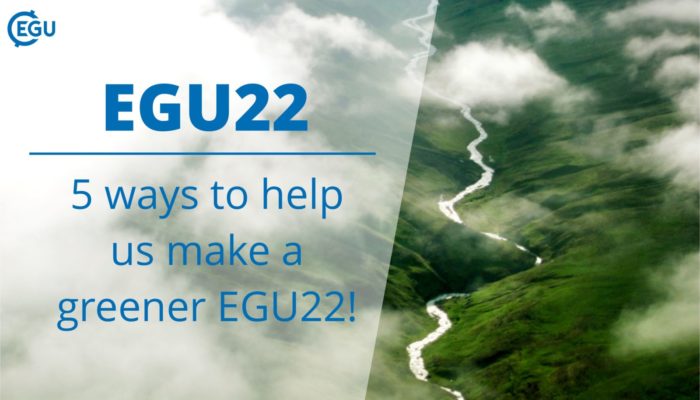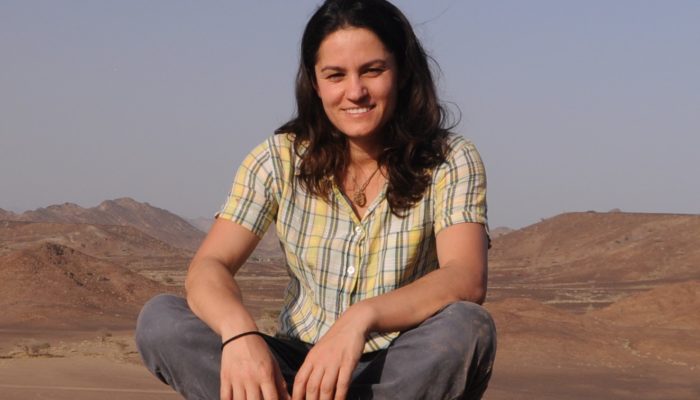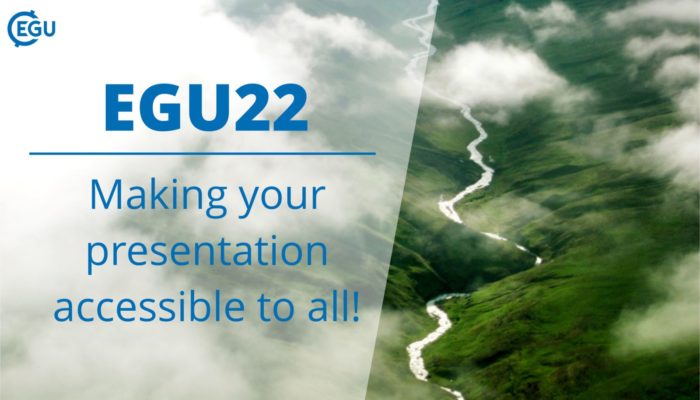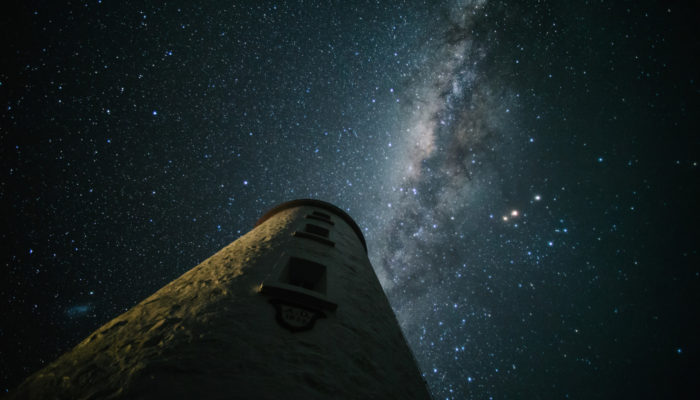EGU’s General Assembly continues to adapt and evolve to make our annual conference accessible to all. This year, EGU22 will for the very first time be a hybrid conference, which means new ways of learning and networking for us all! Many Networking and Session conveners will be learning right along with you, and our conference organiser Copernicus has been busy preparing as much as possible t ...[Read More]
GeoLog
GeoRoundup: the highlights of EGU Journals published during April!
Each month we feature specific Divisions of EGU and during the monthly GeoRoundup we put the journals that publish science from those Divisions at the top of the Highlights roundup. For April as we approach the General Assembly we are not highlighting any specific Division, so this month our GeoRoundup Journals will be alphabetical! All highlights for April Atmospheric Chemistry and ...[Read More]
GeoLog
How to EGU22: COVID-19 regulations for attending the meeting on-site
Now that the registration for on-site participation of EGU22 has closed, those of you who are joining us in Vienna will be getting ready to travel! As a part of your registration to attend in-person, you will have provided your agreement to follow the requirements to enter EGU22 at the Austria Center Vienna that were described on the EGU22 website, as we were instructed by the Austrian Authorities ...[Read More]
GeoLog
Imaggeo On Monday: Nyiragongo Crater by Nightfall
This photo shows the centre of the Nyiragongo Volcano, Democratic Republic of the Congo. As the night falls, the molten centre of the Nyiragongo crater comes to life. The smoke rising from the molten caldera centre is illuminated by both the setting sun and the bright yellow magma, displaying a spectacular range of red, pink and purple hues. Description by Victoria Milanez Fernandes, after the des ...[Read More]
GeoLog
GeoPolicy: Climate solutions at the center of focus this Earth Day
Earlier this month, Climate Change 2022: Mitigation of Climate Change was published by the IPCC Working Group III as the third instalment of the IPCC’s Sixth Assessment Report (AR6). It emphasises that “rapid and deep” greenhouse gas emission reductions are needed across all sectors to have any chance of keeping the world below 1.5°C of warming above pre-industrial levels. However, it also outline ...[Read More]
GeoLog
How to EGU22: Five ways you can help us make a greener EGU22!
For several years, EGU has committed – both in terms of resources and research – to helping to create a cleaner and greener environment. As our biggest event of the year (EGU22) soon approaches, nearly 10,000 people are expected to travel to Vienna for the week-long conference. An event of this scale can of course impact the environment any number of ways. The good news? Even the small ...[Read More]
GeoLog
GeoTalk: Meet Anita Di Chiara, the Union-level Early Career Scientist Representative!
Hi Anita. Thank you for joining us today! Before we jump in, could you tell us a bit about yourself and your career? I am a postdoctoral researcher between the INGV in Rome and Scripps Institution of Oceanography. I am from Palermo, in Italy, and did my PhD in Rome; then I lived in Brazil, the UK, and the US during my past four postdoctoral projects. I work as a paleomagnetist to refine our unders ...[Read More]
GeoLog
How to EGU22: Making your presentation accessible to all!
The last couple of years have changed the way we communicate with each other – both in our professional and personal lives. The pandemic has inspired many of us to experiment with and embrace new digital ways of working, catching up with family and friends, networking, and more! This is also true for the way we share scientific research. In the digital world though, we’re sometimes mor ...[Read More]
GeoLog
Imaggeo On Monday: the EGU Photo Competition – 3 DAYS LEFT!
We are so excited for your images to show us other ways of experiencing this wonderful planet and our place in the wider dance of planets and stars, in the EGU 2022 Photo Competition – just like Vytas Huth did with this breathtaking image ’43°29’S 147°08’E – Meet me at the lighthouse’ one of 2019’s winners. Remember your image can be of anything, even a gi ...[Read More]
GeoLog
The ECS Connectivity Group explores modern ways to connect and communicate
We find ourselves in an ever-changing world of new platforms and apps, and yet, communication can often still be difficult. And this is particularly true for a large organisation like EGU. Even when we consider just the Early Career Scientists (ECS) representatives of each division, this still includes more than 20 representatives and their teams. Add to this the fact that representatives are spre ...[Read More]

